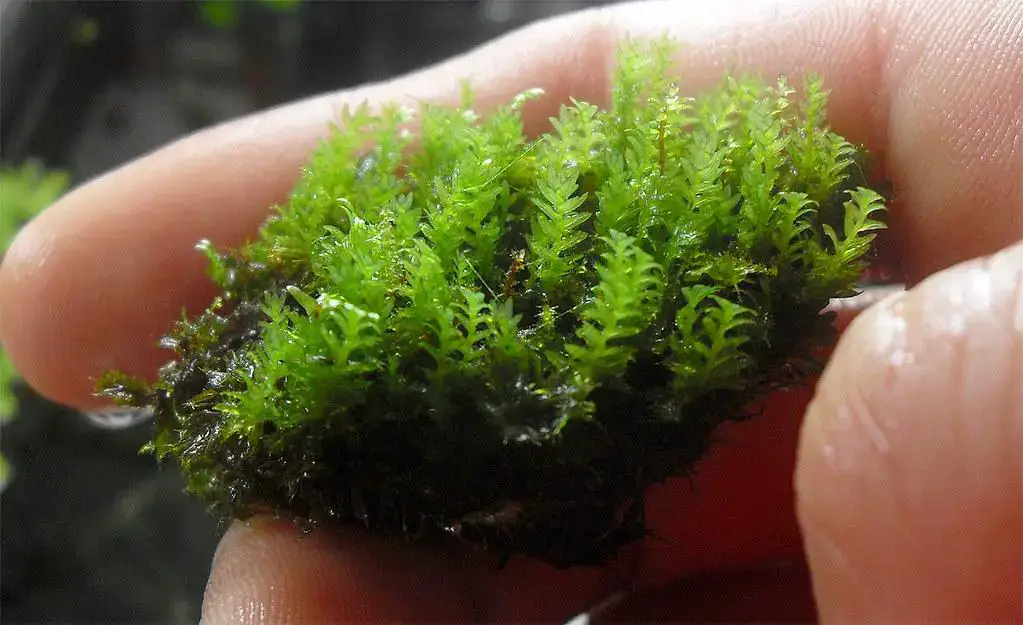
fissidens-adianthoides-maidenhair-pocketmoss-moss-family-fissidentaceae-class-bryopsida-was-first-collected-187549697.jpg from: https://www.dreamstime.com/fissidens-adianthoides-maidenhair-pocketmoss-moss-family-fissidentaceae-class-bryopsida-was-first-collected-image187549697
Fissidens adianthoides subsp. subtaxifolius: A Fascinating Fissidens Moss

splittooh_2484x1863.jpg from: https://frogdaddy.net/products/copy-of-tree-moss-climacium-americanum
Introduction
When it comes to the incredible diversity of mosses, one particularly interesting species is Fissidens adianthoides subsp. subtaxifolius Kindb., commonly known as Fissidens. This small but mighty moss belongs to the

Fissidens-adiantoides-31.jpg from: https://ohiomosslichen.org/moss-fissidens-adianthoides/
Fissidentaceae

jim__stasz_18686187266_d0901f697f_c.jpg from: https://www.marylandbiodiversity.com/view/10863
family and has some remarkable characteristics. In this blog post, we’ll dive into the details of this fascinating bryophyte.

Fissidens_adianthoides_5a.JPG from: https://cisfbr.org.uk/Bryo/Cornish_Bryophytes_Fissidens_adianthoides.html
Background on Fissidens Mosses
The genus Fissidens contains around 450 species of mosses found all over the world. These mosses are unique in having a flattened, feather-like appearance due to the distichous arrangement of their leaves (meaning the leaves are in two opposite rows). Fissidens mosses play important ecological roles in their habitats.
Morphology and Identification
F. adianthoides subsp. subtaxifolius

2020-10-22-15-15-54-800×600.jpg from: https://www.britishbryologicalsociety.org.uk/learning/species-finder/fissidens-adianthoides/
is a small moss, typically growing in tufts or cushions. Its stems are usually less than 1 cm tall. The leaves are oblong-lanceolate in shape and have a very short, double costa (midrib). A key identification feature is that the leaf margins are bordered by elongated cells.
The leaf cells themselves are small and hexagonal or rounded-quadrate in shape. Fissidens mosses produce their spores in terminal capsules held on thin, wiry setae. In F. adianthoides subsp. subtaxifolius

il_1588xN.3099135491_nuo9.jpg from: https://www.etsy.com/listing/997012758/maiden-hair-split-toothed-moss-fissidens?frs=1
, the capsules are erect and symmetrical.
Global Distribution and Habitat
This subspecies of Fissidens adianthoides has a wide distribution, being found in many parts of

maidenhair-moss-fissidens-adianthoides-D9PPX1.jpg from: https://www.alamy.com/stock-photo/adianthoides.html

6584179909_6f4a975237_b.jpg from: https://www.flickr.com/photos/62693539@N07/6584179909/
Europe, Asia, Africa, and the Americas. It grows on a variety of substrates including soil, rocks, tree bases, and decaying wood.
F. adianthoides subsp. subtaxifolius is often found in damp, shady habitats like woodland floors and stream banks. It is a fairly common moss within its range, but can be overlooked due to its small size.
Ecological Roles and Adaptations

34565891.jpg from: https://waarneming.nl/waarneming/view/211196840?_popup=1
Like other mosses, Fissidens plays a vital role in its ecosystems. Mosses help regulate moisture, prevent soil erosion, provide shelter for small invertebrates, and capture and recycle nutrients. Their dense growth forms living mulch over the soil.
One interesting adaptation of F. adianthoides subsp. subtaxifolius is that its flattened, feather-like growth form allows it to efficiently capture light for photosynthesis in the dim, shady habitats it prefers. The bordered leaf margins may help strengthen the leaves.
Conclusion
Fissidens adianthoides subsp. subtaxifolius may be a small and unassuming moss, but it has a big ecological impact. Its unique morphology and widespread distribution make it a fascinating species to observe and study.
Next time you’re out in nature, take a closer look – maybe you’ll be lucky enough to spot some Fissidens and marvel at the complex world of mosses beneath your feet! What other amazing bryophyte adaptations have you encountered?